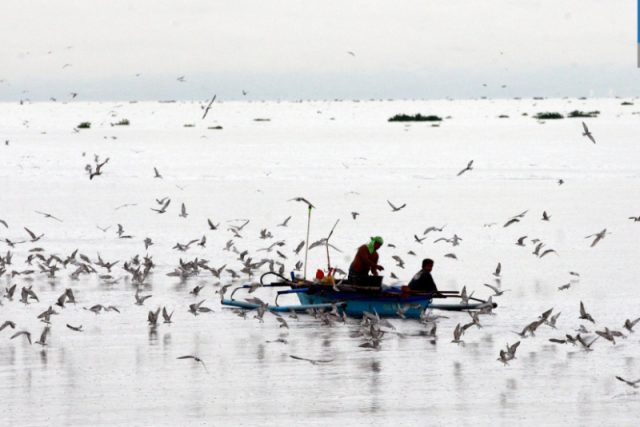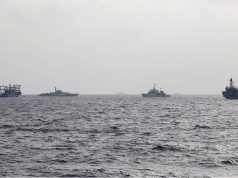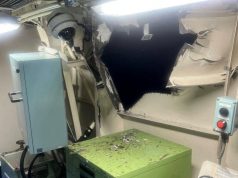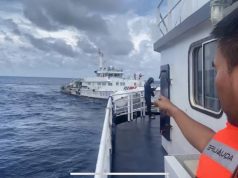
The Bureau of Fisheries and Aquatic Resources (BFAR) on Wednesday denied a report claiming that the Philippine authorities declared that Manila Bay is a “dead body of water” due to extreme pollution.
The report titled “Philippine govt declares Manila Bay ‘dead’” claimed that the “Department of Fisheries” said that Manila Bay was “lifeless due to a lack of oxygen and that no fish or living thing can survive in its waters.”
The country does not have a Department of Fisheries.
The Philippines, however, has BFAR which is responsible for the “development, improvement, management, and conservation of the country’s fisheries and aquatic resources.” This bureau is under the Department of Agriculture.
The news article also claimed that the “fisheries department conducted a study on traces of metals such as copper, cadmium, and zinc on the surface of the water coming from the bay’s seabed.”
BFAR told Interaksyon that Manila Bay is still capable of hosting marine life.
The bureau cited a few studies by the National Fisheries Research and Development Institute to debunk the claim that Manila Bay is dead.
One of the institute’s studies revealed that fisheries in Manila Bay are “still existing and there are still fishes being caught in the Bay by about 25 types of fishing gears dominated by bottom gillnets.”
Separate research also showed that during the northeast monsoon surveys from 2012 to 2015 high abundances of fish eggs and larvae were observed despite the worsening condition of the water quality of the bay.
Environmental groups likewise denied the claim that Manila Bay is dead.
“Ang Manila Bay ay buhay na buhay. May data ang BFAR na nagsabi na sardine-rich spawning area ang Manila Bay,” environmental lawyer and Oceana Philippines Vice President Gloria ‘Golly” Ramos said in a radio interview.
“The government spent a huge amount of money on Manila Bay’s social development plan. There are mangroves, corals, and seagrass [found there], and Manila Bay is a major source of fish. In what way is it dead?” Ramos added.
Pambansang Lakas ng Kilusang Mamamalakaya ng Pilipinas (Pamalakaya) also said that Manila Bay is rich in marine resources.
“Taliwas sa sinasabi ng mga LGU, sagana pa sa iba’t-ibang klaseng yamang-dagat ang Manila Bay. Katunayan, signipikanteng bilang pa ng mangingisda mula Cavite, Metro Manila, Bulacan, at Bataan ang umaasa sa pangisdaan nito,” Pamalakaya national chairperson Fernando Hicap said in statement.
Manila Bay reclamation project as ‘death threat’
Both environmental groups, however, expressed their worries over the reclamation projects that are feared to destroy Manila Bay.
“[T]otoong nanganganib na tuluyang masira ang mga ito dahil sa malawakang reklamasyon na kasalukuyang isinasagawa at nakaamba sa Manila Bay,” Hicap said.
“Climate change is real. We are all vulnerable. Reclamation makes us more vulnerable to its impacts. Magtulungan tayo para sa future ng ating mga anak,” Ramos said.
Pamalakaya chair said that 21 of at least 30 projects listed in Manila Bay have acquired environmental compliance certificates from the DENR.
In October last year, a group of scientists called on the Senate to investigate various reclamation projects across the archipelago after Sen. Cynthia Villar lashed out at the environment department over dump-and-fill projects in Manila Bay.
Fisherfolk and scientists have long stressed that reclamation projects will disturb coastal ecosystems such as mangroves, coral reefs, and seagrass beds.
RELATED: Scientists seek probe into reclamation projects | Is Manila Bay losing its marine life due to land reclamation?









